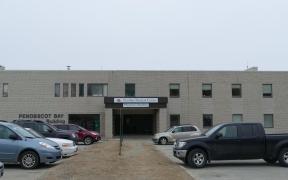People with swallowing problems may have an esophageal manometry performed. People experiencing constipation or fecal incontinence may have an anorectal manometry performed. These tests help your doctor recommend a diagnosis and treatment.
What is an esophageal manometry?
Esophageal manometry measures the muscle movements used to move food toward the stomach. Esophageal manometry can help your doctor find the cause of GERD, chest pain, and swallowing problems. Talk to your doctor to get complete instructions about what to do to get ready for the test.
Your doctor will need to know all the medicines you are taking. Patients usually should not eat or drink for eight hours before the test.
- A very thin tube is passed through the nose, and down through the esophagus.
- Patients are asked to swallow a small amount of water.
- A machine measures pressure on the tube. The test takes 10 to 15 minutes.
What is an anorectal manometry?
Anorectal manometry evaluates the muscle movements of the anal sphincter. The test also checks the rectum and the reflexes used for a bowel movement. Check with your doctor about how to prepare for the test. Your doctor may ask you to give yourself an enema two hours before the test. You may need to adjust medications you take before the test. Talk to your doctor for complete instructions.
- A tube the size of a thermometer with a balloon on the tip is placed in the rectum.
- A machine measures the pressure. The patient may be asked to tighten the sphincter muscle, or push like having a bowel movement.
- The test may include a balloon expulsion test to see how long it takes for the patient to push out a small balloon filled with water, as if having a bowel movement.


























